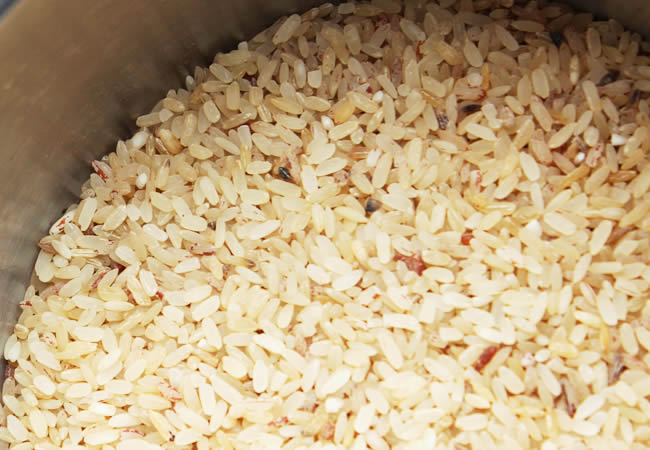The surging costs associated with production, transportation, and various factors have led to a 73.2% increase in the price of one kilogram of local rice within a year.
Despite the Central Bank of Nigeria’s multi-billion naira funding support for the nation’s rice value chain, aimed at enhancing production and reducing foreign rice imports, the price of local rice has surged. Rice, a staple in Nigeria, has witnessed an increase in price despite being locally produced, with the commodity now fetching between N55,000 and N60,000 for a 50kg bag, varying by location.
Data from the National Bureau of Statistics’ selected food prices watch report, analyzed by The PUNCH, reveals a 73.2% rise in the average price of 1kg of local rice, increasing from N500.80 to N867.20 between November 2022 and November 2023.
Comparatively, the NBS notes a 61.53% surge in the price of 1kg of imported rice, rising from N704.13 to N1,137 during the same period.
The report also highlights that local rice sold at the highest rate in Lagos State, priced at N1,122.42, despite the operation of the 32-tonne per hour Lagos Rice Mill in Imota, which produces the Eko Rice brand. Conversely, the lowest price for local rice was observed in Kebbi State at N688.
It is worth recalling that during various occasions, Governor Babajide Sanwo-Olu touted the mill’s potential to address rice importation, with an annual paddy requirement exceeding 240,000 tonnes to produce 2.5 million 50kg bags per annum.
Commenting on the high price of local rice, the National President of the All Farmers Association of Nigeria, Kabir Ibrahim, in an interview with our correspondent on Wednesday, blamed the high price on inflation and its attendant heightened cost of production, adding that logistics, packaging and labour cost also contributed significantly to the rise in the price of local rice.
Kabir, however, disputed the figures projected by the NBS, arguing that it’s unrealistic and not market based.
He said, “The cost of production has always been very high due to various factors. Transportation is a factor and it became a very serious threat to pricing after the removal of the fuel subsidy. If you are buying a bowl of milled rice, the miller has to provide its own power, pay workers’ salaries and discount the cost of his machinery. He has to do packaging alongside transportation costs. so it’s definitely going to be costlier than imported rice that’s not edible in Thailand.
“Two, the farm gauge price is far different from the prices in the market and three markets stand out and should not be used as parameter for pricing. The price you get in Lagos, Abuja and Port-Harcourt, they are not good indices. There is already an apathy against imported rice because people have now realised the one with better quality and those countries selling it cheap are doing so just to get rid of it.
“However, I think a 70 per cent increase by the NBS is not realistic and too high. The bureau may be carrying out these information but I tell you the prices are bit cheaper than what is reported. If you go to real markets and ntoit artificial ones. to put things correctly, there is definitely food inflation and it is skyrocketing but if we go by these commodities, we are likely to be lying to our selves and the general public.”
“The past administration invested a lot in rice production and i think they should be applauded. We used to import rice to the tune of trillions but that has changed,” he added.
In a connected development, Nigeria and other West African countries are anticipated to experience elevated prices for essential foods like rice, maize, millet, cereals, etc., in 2024.
This information is derived from a report titled “West Africa Regional Supply and Market Outlook,” jointly published by the Food and Agricultural Organization, World Food Program, and other entities.



